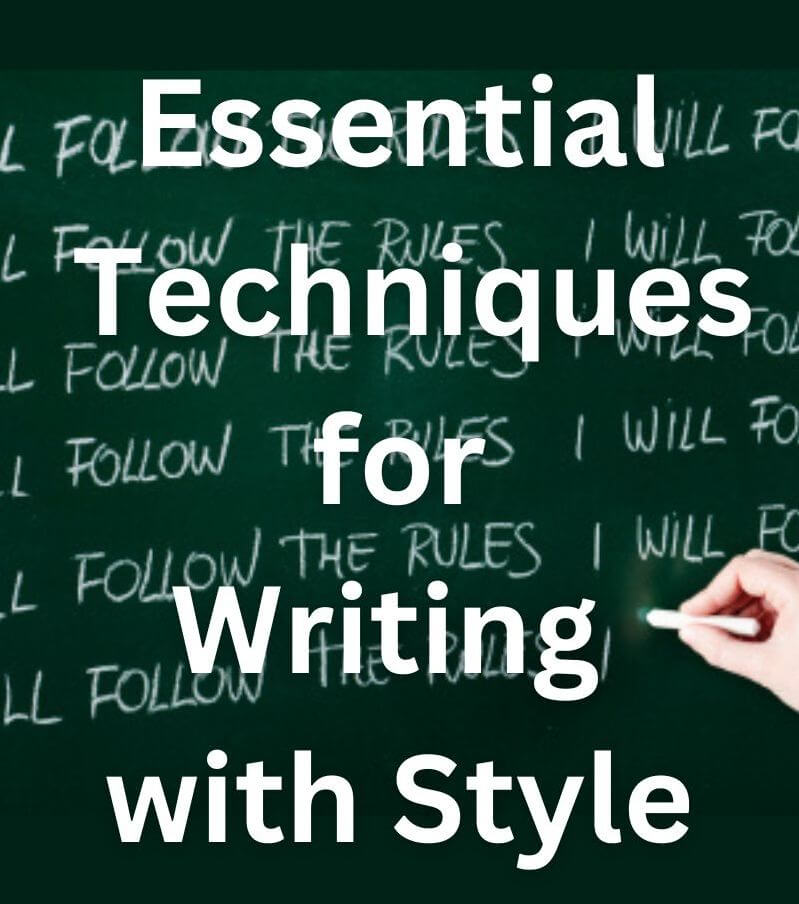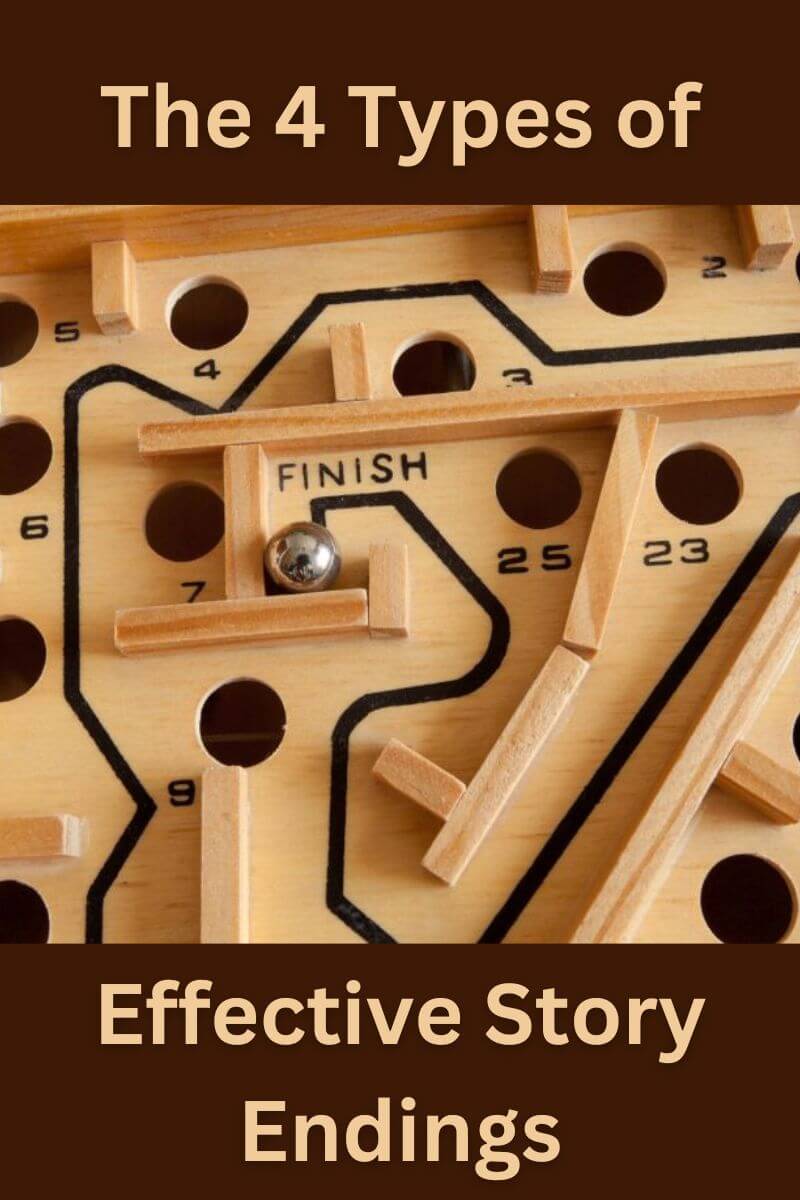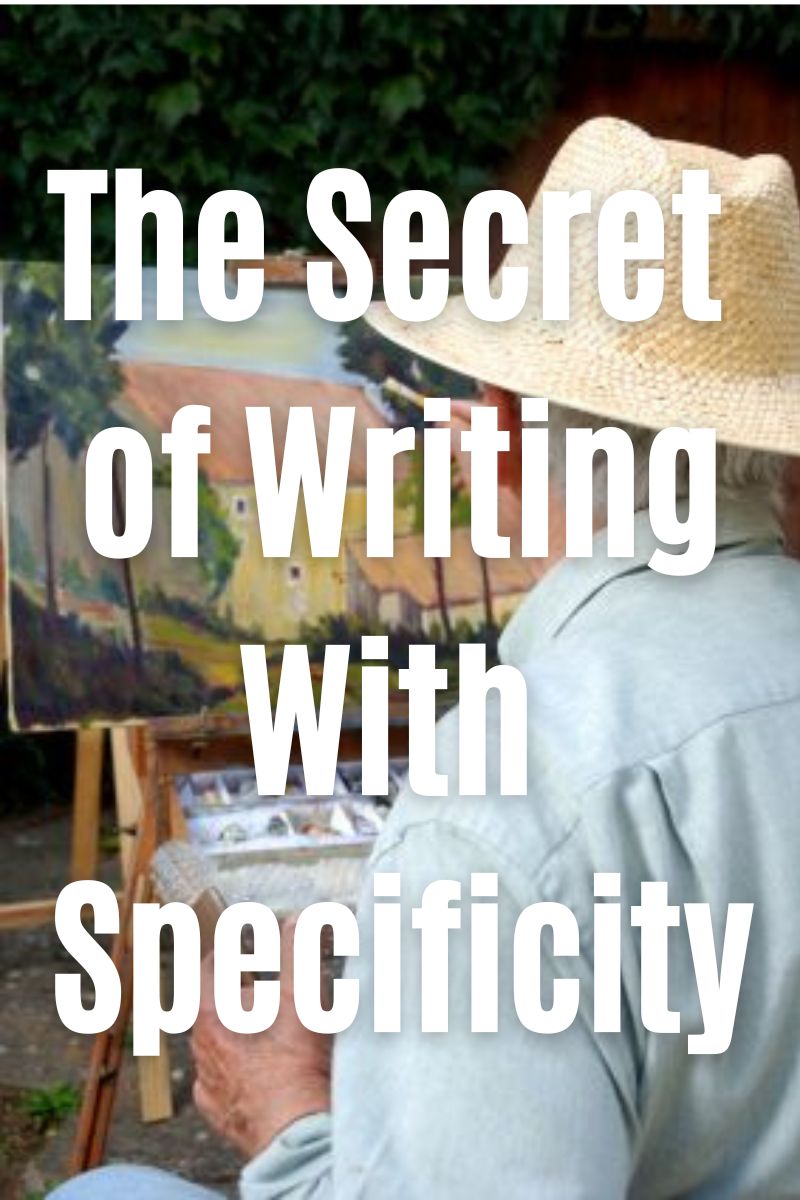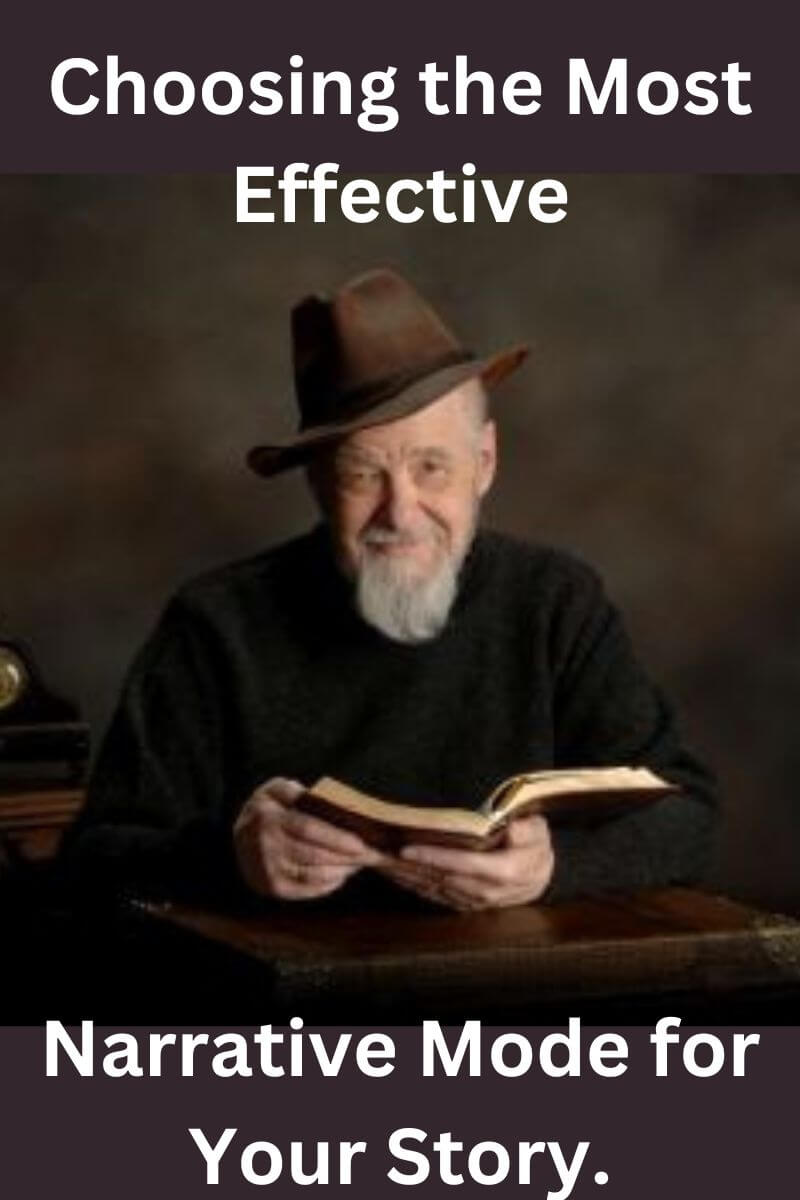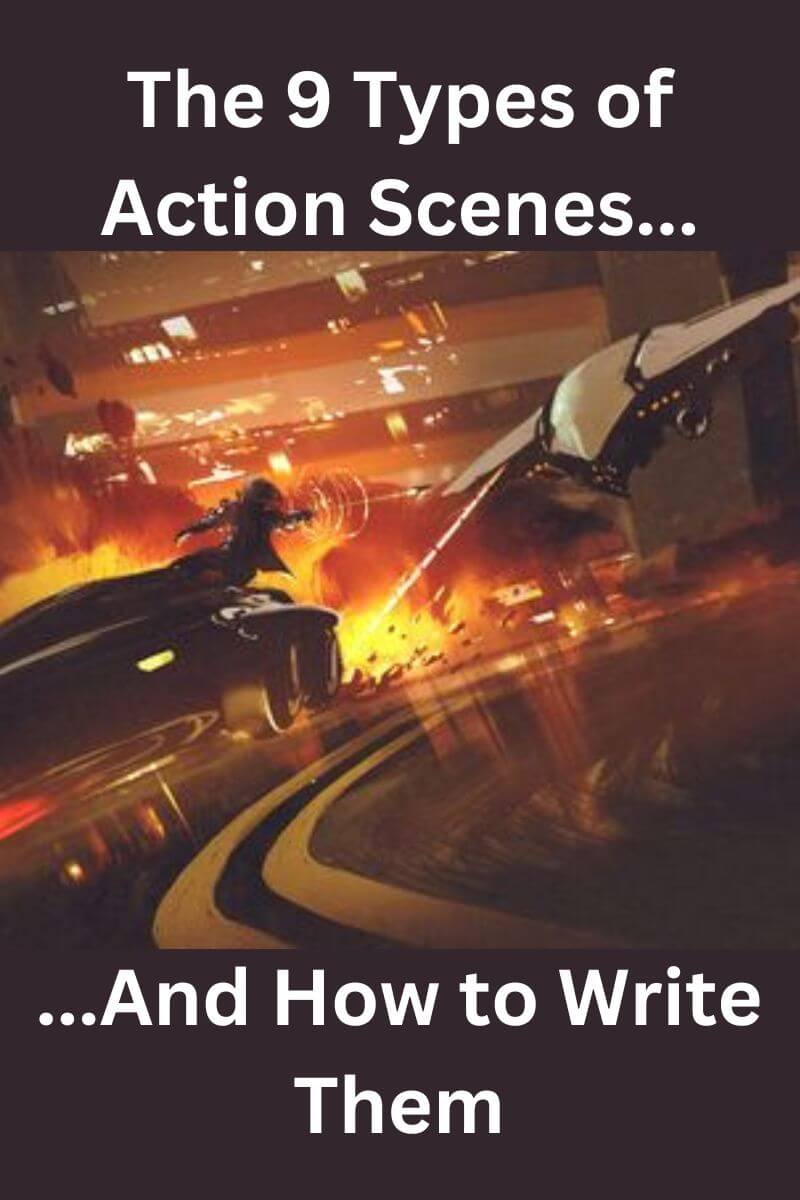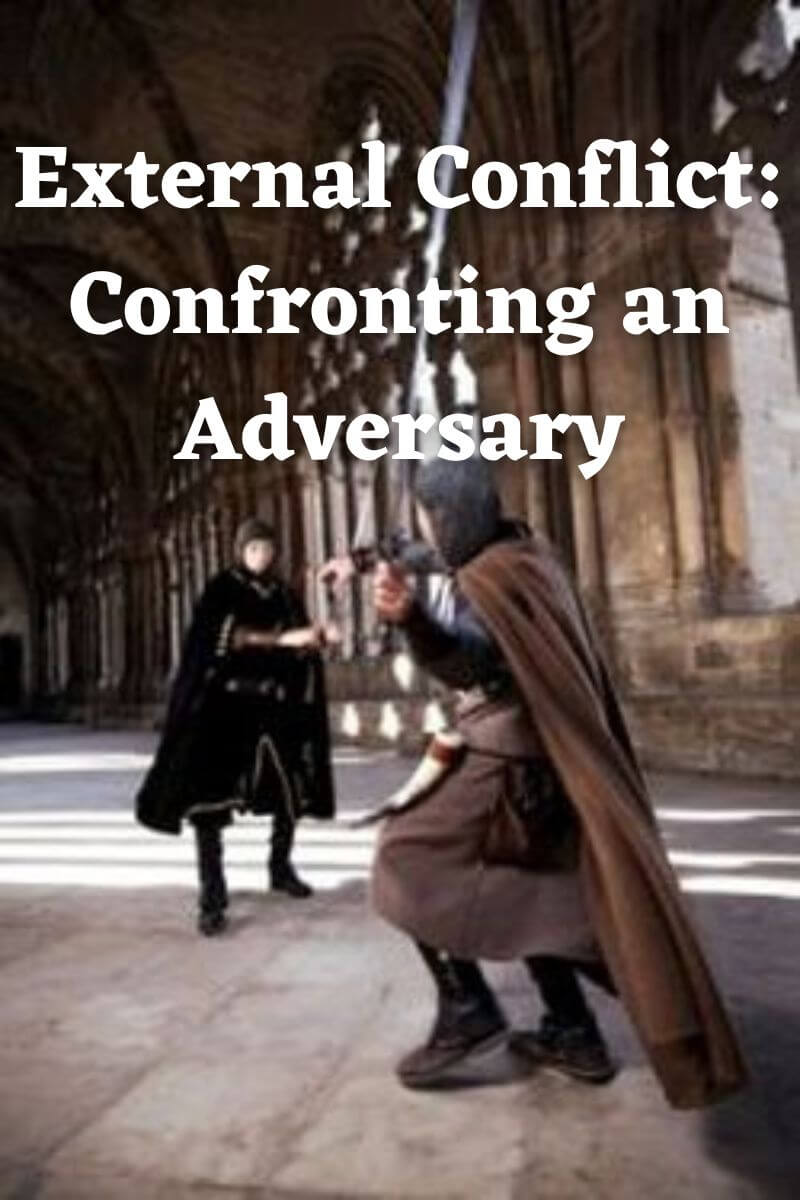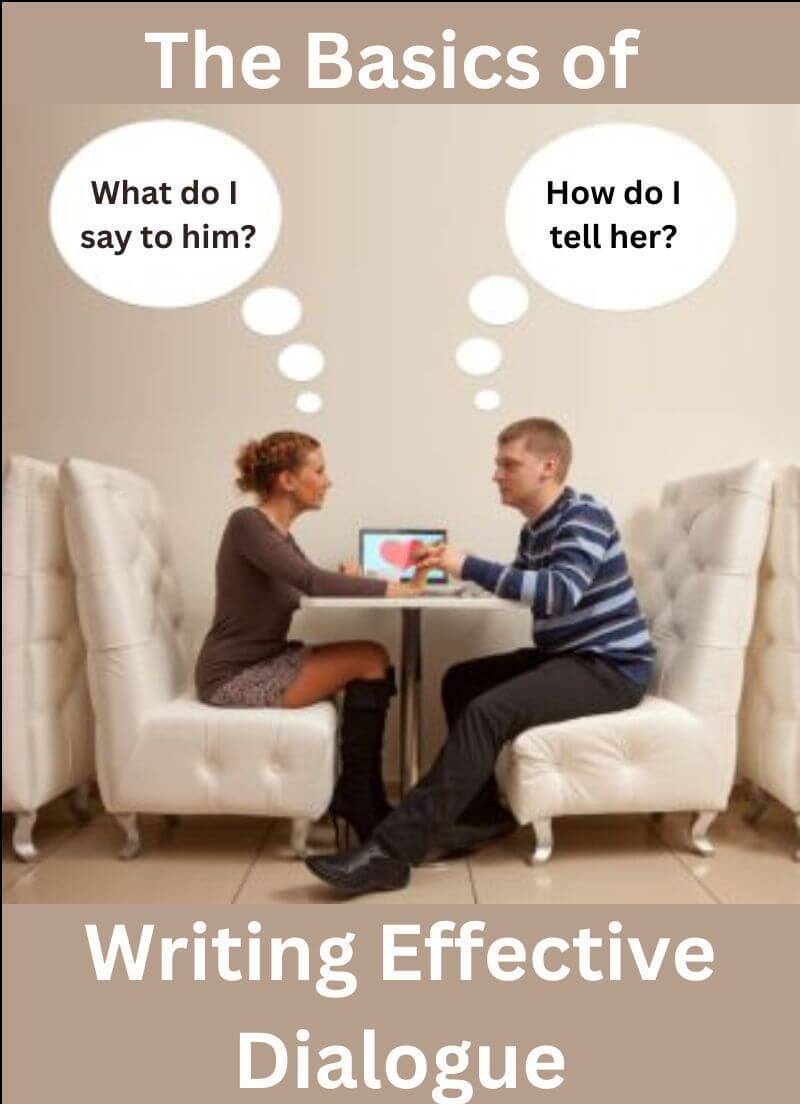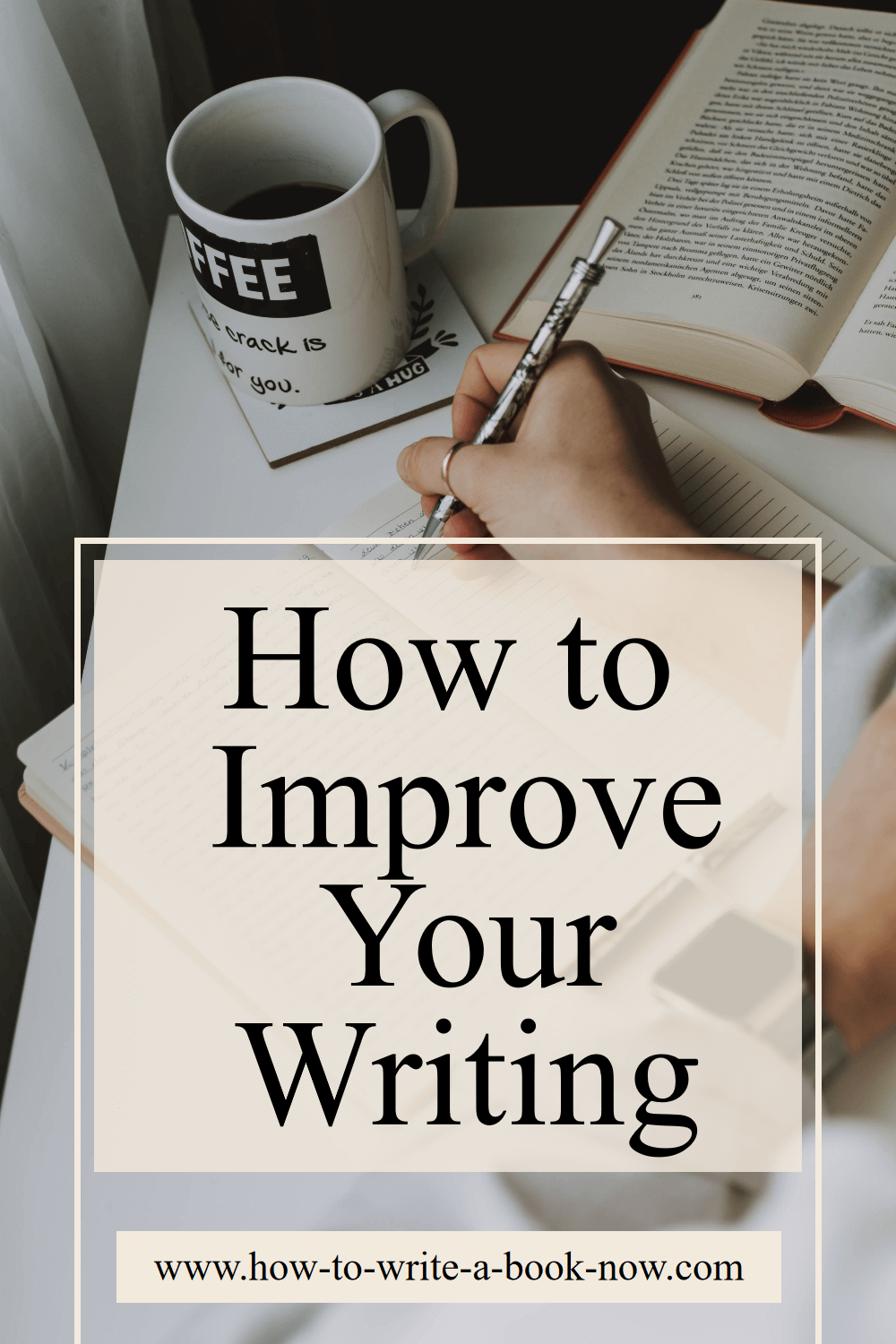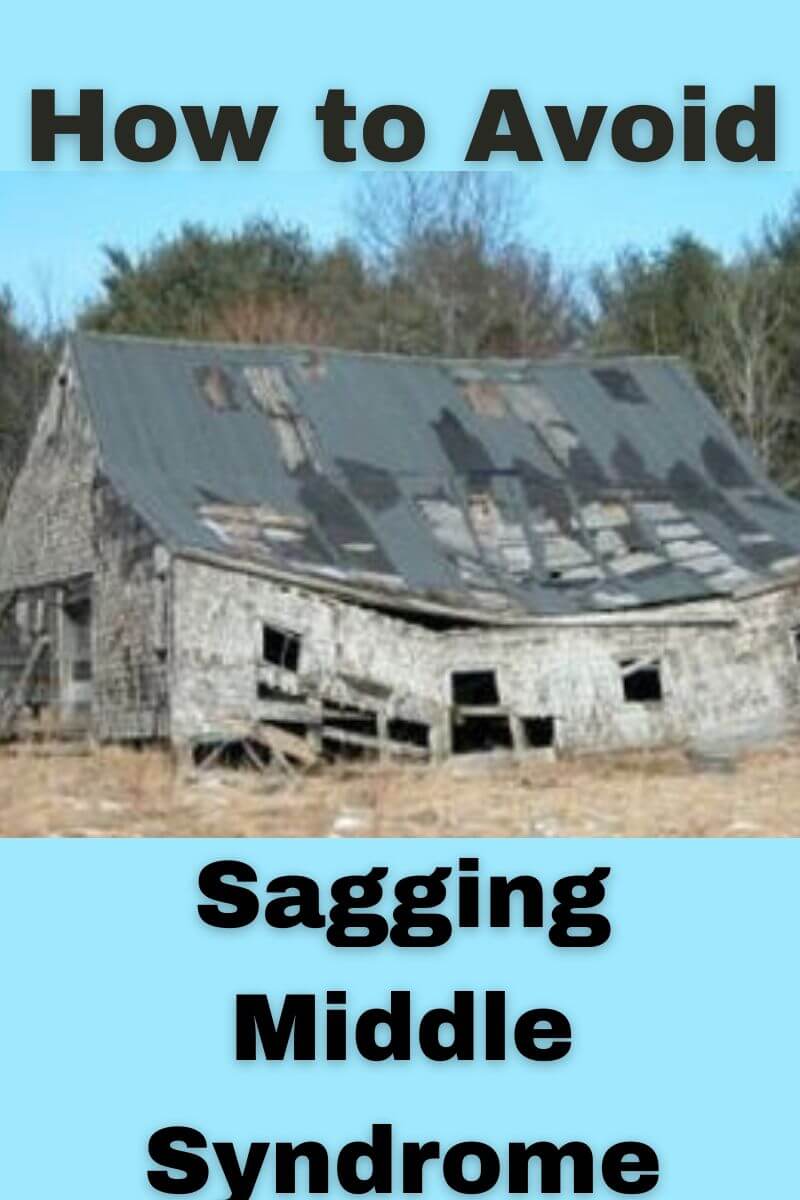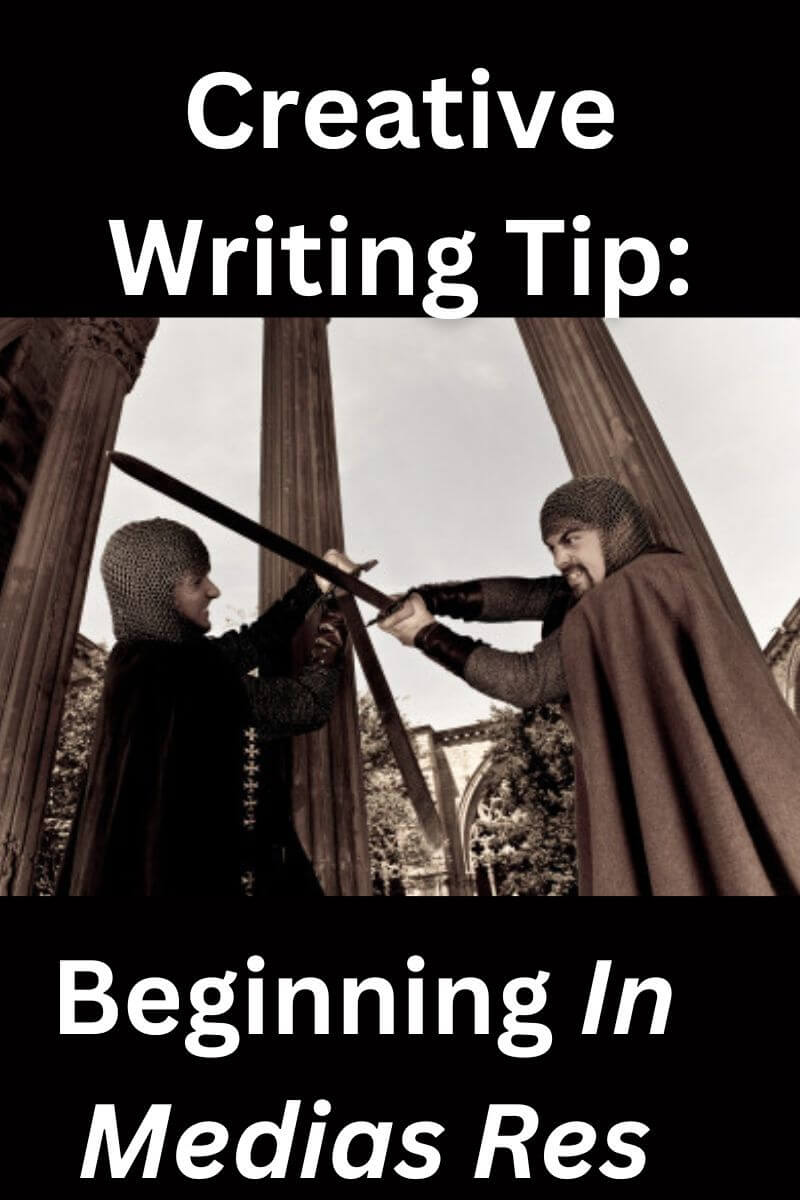Why "Showing Not Telling" Will Have You Writing Better Stories
By Glen C. Strathy
“Showing Not Telling” is one of the most powerful rules of descriptive writing you can employ, which is why most creative writing teachers talk about it at some point. Simply put, there are two modes of storytelling you can use when writing fiction:
- Scenes (or "showing").
- Narrative summary (or "telling")
Each of these modes has its uses. But beginning writers often make the mistake of relying too much on telling.
So lets look at the differences between these two modes and the situations where it would be more effective to be showing not telling.
When Telling Has its Uses
Narrative summary or "telling" involves summarizing events or presenting the narrator's interpretations of events, rather than letting the readers experience and interpret the events for themselves.
Telling is most useful for...
- Setup: preparing the reader for the scene that is about to happen.
- Transitions: moving from the end of one scene to the start of the next.
- Exposition: providing perspective, context, information, or reflection.
- Saving time: briefly summarizing passages of time in which little of significance happens.
- Compressing: Shortening space used to describe things the reader is already familiar with.
For the reader, narrative summary feels like someone telling them about something that happened, rather than experiencing it firsthand for themselves. For example, imagine you are writing a newspaper article, telling readers about an accident that took place. You might say something like...
“A collision occurred at 10 PM last night on the corner of Pine and Maple streets when a sports car failed to stop at a red light. A blue minivan containing a woman and three children was struck on the drivers side.”
An
account like this tells the reader what happened, to whom, when, and
where. But it is somewhat dispassionate and objective. It presents
conclusions about what occurred. The reader feels they are learning about something secondhand.
"Showing not telling" feels more like being there.
Showing is different. If you are "showing not telling" you are presenting the sensory details in a way that lets the readers imagine themselves being present at the events, perceiving them either through the eyes of a character or possibly an omniscient narrator who is observing the scene firsthand. The readers can draw their own conclusions about what is happening. For instance, here's how one might use showing to describe the car crash...
“Carl gripped the steering wheel loosely with his left hand while his right hand scratched at the cellophane wrapper encasing his new CD. Why do they make these this stuff so difficult to remove? The hot air from the fan was stinging his dry eyes, and he took his hand off the wheel for a second to rub them.
“Blinking, Carl could see the next set of traffic lights glowing green in the distance. The street was empty and dark. He pressed the accelerator and felt his body being forced deeper into the seat cushion as the car accelerated. God, he loved this engine.
“In one more desperate effort, Carl dug his nails into the seam of the wrapper. He felt a sudden bump as the front passenger wheel struck a pothole. The CD flew out of his hand and disappeared onto the shadowy floor.
“Swearing, Carl took one more glance at the empty road. Then he leaned over and passed his hand quickly over the carpet, searching for the CD. Just as his hand felt the smooth plastic, there was a deafening sound and Carl's body shot forwards, his shoulder colliding with an airbag that exploded out of the steering column. The vehicle's motion had come to a sudden halt.”
As you can see, "showing not telling" puts the readers at the scene -- watching, listening, perhaps experiencing the character's thoughts and feelings -- and lets them conclude for themselves what happens. It makes the story far more emotionally engaging.
To take another example... rather than write, “Mrs. Grimes looked like a witch,”
(which is a conclusion drawn by the narrator or point-of-view
character), you might give the readers all the details they need to reach that
conclusion themselves. Describe her crooked nose, the hairs sprouting from
her brown warts, her musty, old-fashioned apparel, and her matted,
steel-grey hair. Let the readers have the experience of seeing Mrs.
Grimes first-hand and realizing for themselves what her appearance implies.
Of course, you do need to exercise some judgement regarding when to apply the rule.
More Differences Between Showing and Telling...
Telling informs the reader about events and presents the narrator's conclusions:
E.g. "The instant he exited the vehicle they embraced. She was pleased to discover he was nervous too."
Showing gives readers the feeling of experiencing events directly and lets them draw their own conclusions:
E.g. "She clamped her arms around him and felt his left arm return the embrace. The smooth leather of his jacket felt warm against her cheek. As his gloved hand stroked her hair, the aroma of his body and the leather filled her nostrils. He was trembling."
Telling provides objective details.
E.g. "Dave's car slammed into the brick wall in front of 156 Western Road at 1:02 PM on the night of January 17th."
Showing provides subjective details.
E.g. "Dave's head wobbled slightly as he drove. Every minute or so, gravity pulled his eyelids shut. Then, after what he hoped was only a split second, he would arch his eyebrows, wrench his eyelids open again, and refocus on the white lines and glaring streetlamps. One split second became a five second blessed moment of darkness and rest. Then a violent crash struck his ears, airbag pillows smashed his face, and pain erupted everywhere."
Telling uses passive verbs:
E.g. "The cat was alarmed by the raccoon's sudden presence and was compelled by instinct to assume a threatening pose."
Showing uses active verbs:
E.g. "The instant it spotted the raccoon, the cat arched its back, bared its teeth, and hissed loudly."
Telling uses indirect dialogue to summarize what characters say:
E.g. "Diane swore loudly when she saw the mess they had left behind."
Showing uses direct dialogue to let the reader hear the words firsthand:
E.g. '“Mother of God!” Diane shouted. “What have you done to my kitchen?”'
Telling uses adjectives and adverbs to convey emotion:
E.g. "John was insanely jealous of his brother's success."
Showing illustrates emotions through the character's actions:
E.g. "John grabbed his brother's sparkling crystal trophy and hurled it against the brick fireplace, shattering it into a thousand pieces."
Telling provides information rather than evidence:
E.g. "It was a moonlit night."
Showing provides sensory evidence so readers can infer what is happening:
E.g. "A broken bottle neck glittered on the dam and the mill wheel cast a black shadow."
(This last example comes from the playwright, Anton Chekhov.)
When To Be "Showing Not Telling"
You should be "showing not telling" when you are writing the key scenes in a story: the major events and turning points. These are the passages your readers live for. They want to experience them firsthand in all their detail and glory. You cannot, to take an obvious example, get away with telling the reader what happens at the climax of the story. A sentence like "Then the hero defeated the villain" would be too disappointing to ever appear in print. The climax must be shown so the reader can experience it with as much emotional impact as possible.
If you're following the Dramatica model, you may have somewhere between 16 and 64 events in a full length novel (not including subplots), depending on the length of the book and the audience. As a general rule, these scenes should be shown rather than told to the reader. In some cases, you may show an event with merely a sentence or two: a whispered phrase, a gesture, or a sudden death. Other events may require entire chapters, but these are the events the readers love to experience through your words.
Of course, as with most rules, there are exceptions. Showing takes a lot more prose than telling. Too much showing can slow down the action. So when you want to make a quick transition between one important event and the next, simply telling what happens in between can be more efficient than showing all the details
You also have to use good judgment to not bog the reader down by showing everything that happens in full detail. Focus the reader's attention on the important details in a scene by leaving out all the rest.
Good pacing also requires that the important events, the ones that matter most to the plot and the character arcs, are the ones that should be shown more fully. If you show trivial events in too much detail, it will feel to the reader that you are wandering off track. In such cases, you can just tell the reader what happens.
If you are interested in writing for film or video, I should also point out that "Showing Not Telling" is probably the most essential rule for screenwriters. Film is a visual medium in which techniques like voiceover narration are considered somewhat akin to cheating. You must convey the important points of a story through images and action. Anything that can't be shown must be heard (dialogue etc.). Unlike in a novel, anything happening inside the character, such as thoughts or unexpressed feelings, cannot be directly conveyed in film.
In fact, "Showing Not Telling" has become a bigger element in novels over the last century or so because of the influence of screenwriting. Popular novels tend to be written more like screenplays - and not just because the author is hoping to sell the film rights later on. We have simply become a more visual culture, and that means writers need to be "Showing Not Telling" more than they would have before film was invented.
- Home
- Writing Style
- Showing vs. Telling

